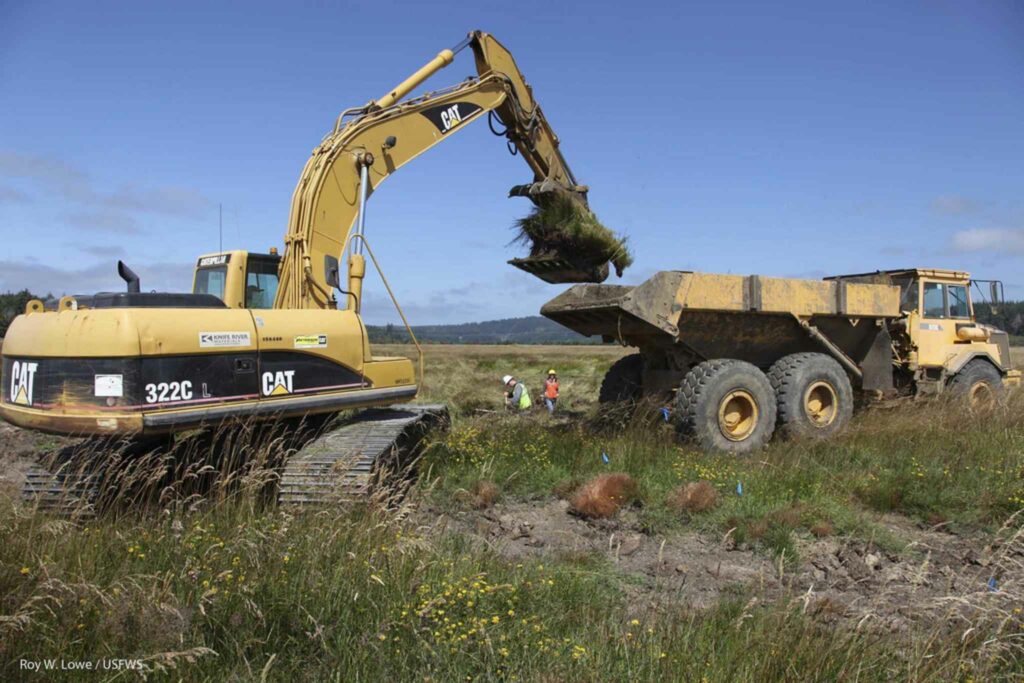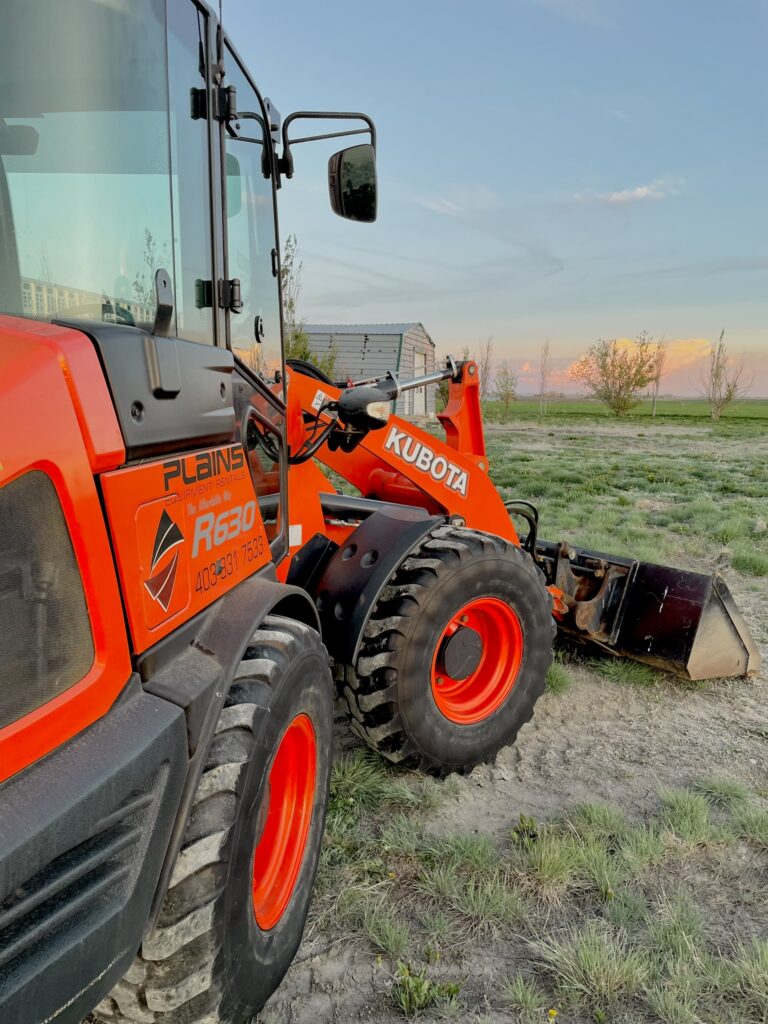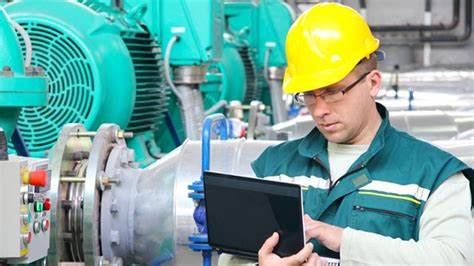Buying Heavy Equipment has some key considerations to keep in mind before going through with the purchase. Whether you’re opting for new or used equipment, understanding factors like equipment condition, service records, brand reputation, performance evaluation, and overall maintenance is crucial for a successful investment.

Introduction
Investing in heavy-duty equipment is a significant decision that requires careful consideration. Whether you are purchasing new or used equipment, it’s essential to assess various factors to ensure you make a wise investment. In this comprehensive blog post, we will explore the crucial aspects you need to consider when buying your next heavy-duty piece of equipment.
1. Equipment Condition and Maintenance:
When purchasing used equipment, evaluating its condition is paramount. Start by inspecting the overall appearance, including armrest supports, ladders, and other structural components. These can provide insights into the overall wear and tear of the equipment. If the machine has been repainted multiple times, it may raise suspicion. Professional repainting is usually a positive sign, as it suggests proper care and maintenance. However, if you notice overspray, especially on tires and hoses, it may indicate sloppy repairs or attempts to cover up underlying issues. Verify the accuracy of reported hours or kilometers by conducting a VIN check or consulting local dealers who may have had the equipment in their fleet.
2. Service Records:
Requesting the previous service records of the equipment is highly beneficial. These records offer a detailed history of the machine, highlighting whether expensive components have been replaced or repaired in the past. They also provide insights into whether the equipment has been subject to timely maintenance and service intervals. Having a comprehensive service record report adds value to the equipment and gives you peace of mind regarding its reliability. Components such as hydraulic pumps, engines, transmissions, motors, or generators are likely to require attention or replacement at higher hours, so knowing the equipment’s maintenance history helps anticipate potential future expenses.
3. Tires or Tracks:
The condition of the tires or tracks on the machinery is crucial. Check for any signs of damage, such as gouges, scrapes, leaks, cracks, or weathering. Replacing tires or tracks can be a significant expense, so it’s important to factor in the cost of replacements when evaluating the upfront or future costs associated with the equipment. Assess whether the existing tires or tracks have sufficient tread life remaining to support your intended usage.

4. Brand Reputation and Support:
Consider the reputation of the equipment brand, especially in terms of local availability and support. Opting for a well-known brand ensures easier access to service locations, parts, and timely repairs. Common brands often have a broader range of aftermarket options, making them cost-effective choices in the long run. Familiarize yourself with the brands of the engine, hydraulic pump, differentials, transmissions, and other major components of the equipment. This knowledge will aid in sourcing parts and reduce reliance on specific dealerships, increasing flexibility and potential cost savings.
5. Performance Evaluation:
Before finalizing the purchase, thoroughly test the equipment’s performance. Operate the machinery under realistic conditions, preferably under load or stress, to identify any abnormal noises or performance issues. Listen for loud whining sounds from the hydraulic pump, as it could indicate an imminent failure. Pay attention to the engine’s response time, acceleration, and overall smoothness. Check for excessive smoke, which may suggest underlying problems. Restart the machine when warm to ensure reliable starting and consider how it handles the warm-start process. Lastly, inspect the equipment for any leaks, as larger component leaks can lead to expensive repairs or replacements.
6. Overall Appearance and Maintenance:
Evaluate the general appearance of the equipment to assess its overall maintenance and care. While higher-hour units may naturally exhibit more wear and tear, a well-maintained machine should still reflect responsible ownership. Look for signs of regular cleaning, lubrication, and general upkeep. If the equipment shows signs of needing replacement parts now or in the future, consult with local dealers to price these parts accordingly. Engaging with dealers can also provide insights into the equipment suitability for your specific needs and help you establish a budget that considers potential maintenance and replacement costs.
7. Equipment Documentation and Certifications:
In addition to service records, inquire about any other documentation or certifications related to the equipment. This could include operator manuals, maintenance manuals, safety certifications, or any warranty information that may still be applicable. Having access to comprehensive documentation ensures that you have all the necessary information to operate and maintain the equipment properly.
8. Equipment Inspection by a Professional:
Consider having the equipment inspected by a professional before making the purchase. An experienced technician or mechanic can conduct a thorough assessment of the equipment’s mechanical, electrical, and structural components. They can identify any hidden issues or potential problems that may not be evident during your initial evaluation. This step adds an extra layer of assurance and can help you make an informed decision.

9. Cost Analysis:
Evaluate the total cost of ownership beyond the initial purchase price. Consider factors such as ongoing maintenance, repair costs, fuel consumption, and potential downtime. Compare these costs between different equipment options to determine the most cost-effective choice in the long run. Additionally, explore financing options or leasing arrangements that can help manage the financial impact of acquiring heavy-duty equipment.
10. Seek Expert Advice:
If you are unsure about any aspect of the buying process or have limited knowledge about heavy-duty equipment, don’t hesitate to seek advice from industry experts or experienced professionals. Consulting with individuals who have expertise in the specific type of equipment you are considering can provide valuable insights and help you make a more informed decision.
Conclusion:
Buying heavy-duty equipment requires careful evaluation and consideration of various factors. By thoroughly examining the equipment’s condition and maintenance history, considering brand reputation and support, evaluating performance, and assessing overall appearance, you can make an informed decision. Additionally, having access to service records, seeking professional inspections, and considering the long-term cost of ownership will contribute to a successful equipment purchase. Remember, it’s always wise to seek expert advice when necessary to ensure you acquire the right heavy-duty equipment that meets your needs and provides long-term value.

